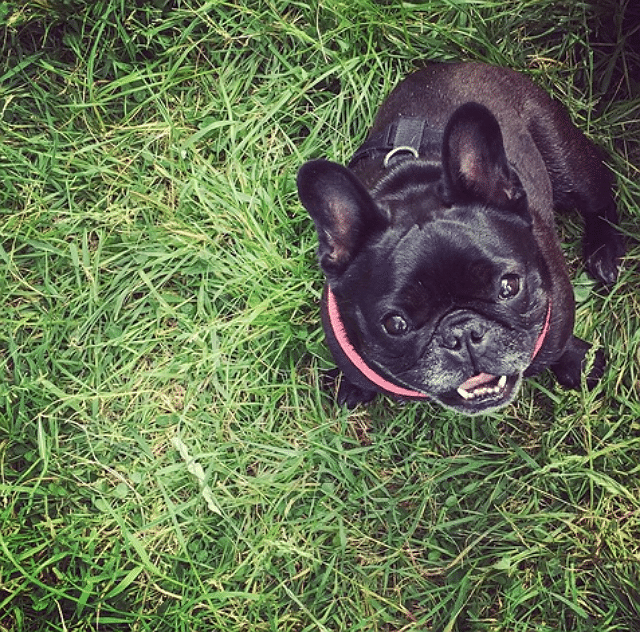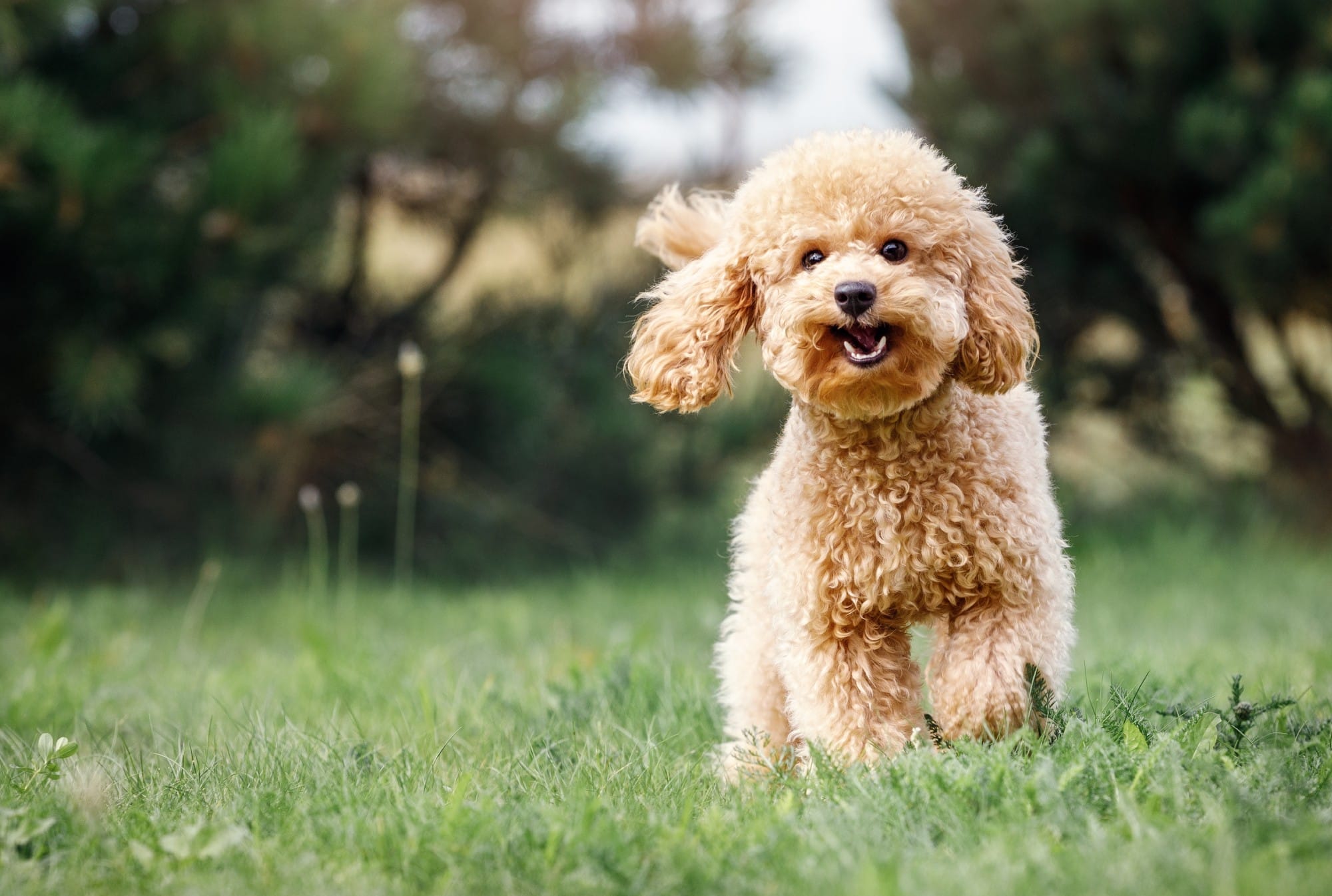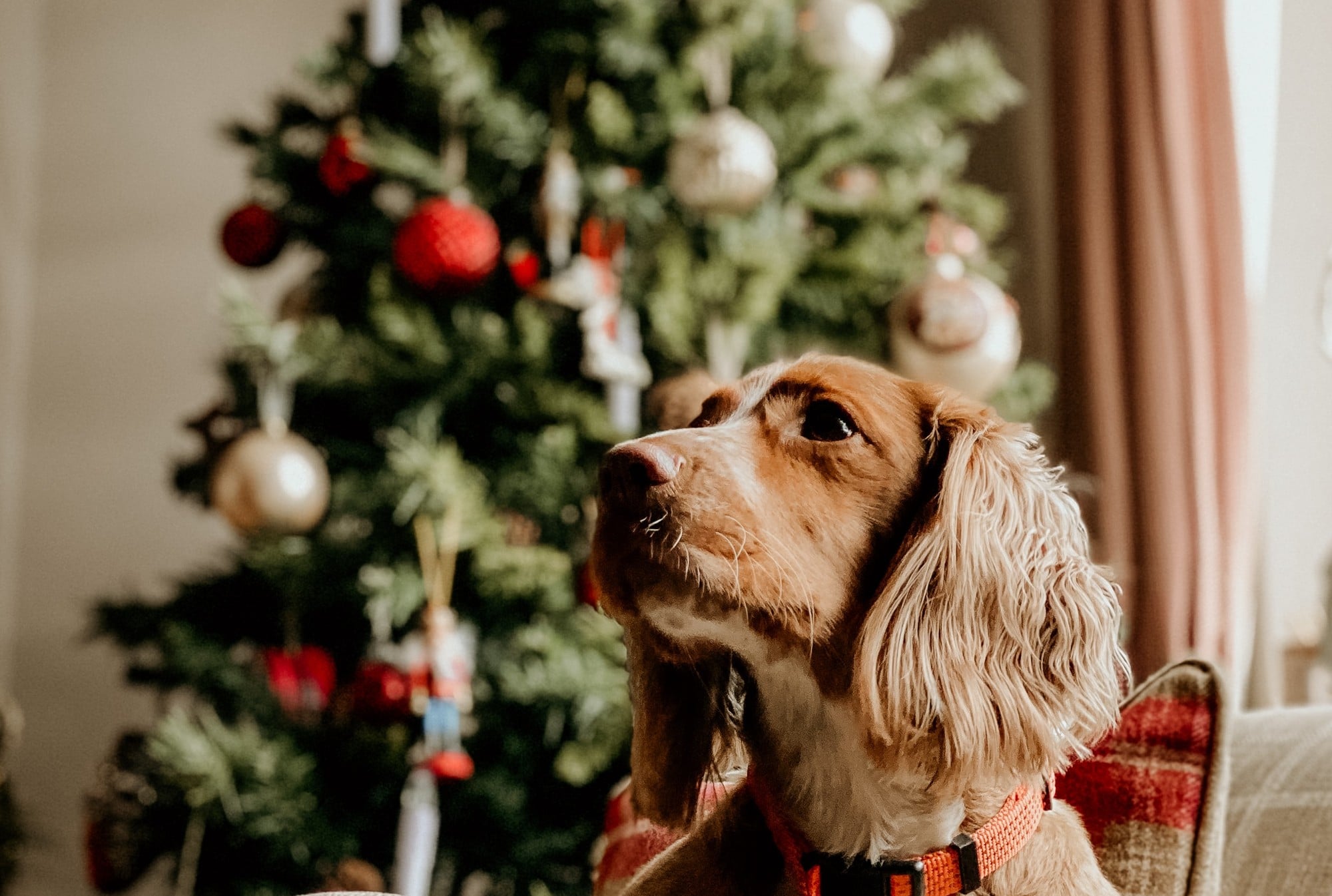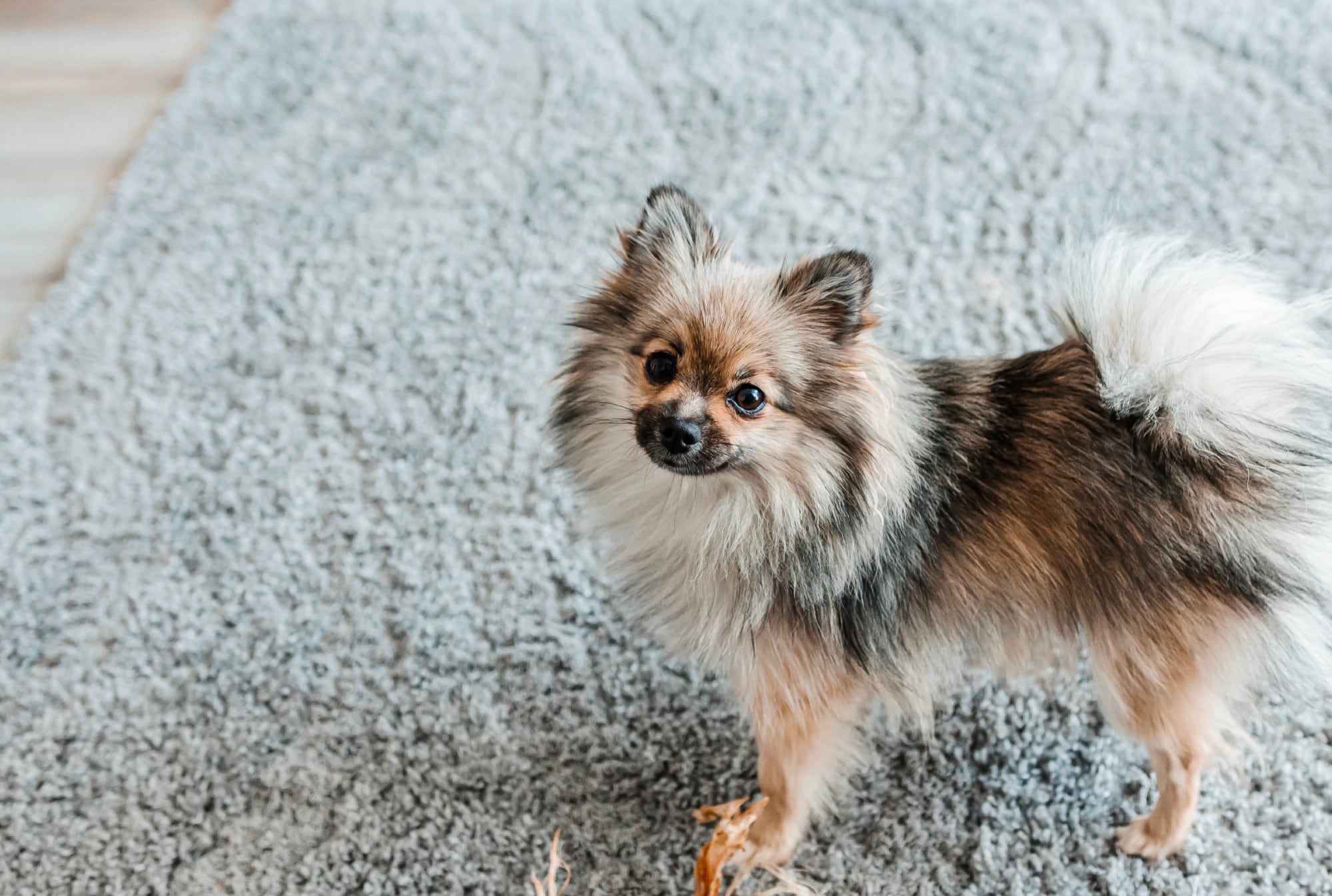Brachycephalic dogs. Many may not know the term but the type is easily recognized by all. With its wide, large skull shape, flat face, shortened head and smushed nose, the brachycephalic dog simply represents what is commonly referred to as a “pug-nosed dog.” Bulldogs, Boston terriers and Pekingese are just a few of the more popular breed types that fall into this category. While those snorts and oinks that come from your favorite smush-faced pup may be incredibly cute, this pug-nose trait can come with serious health problems, including skin irritation, shallower eye sockets and a major respiratory issue.
BUAOS, or Brachycephalic Upper Airway Obstructive Syndrome, is a clinical breathing problem found in many pug-nosed dogs. The condition is exacerbated during the hot summer months and can be life-threatening in severe cases. While a veterinarian will need to confirm the diagnosis of a breathing condition such as BUAOS, everyday indicators can alert pet owners of signs, including loud snoring, shortness of breath, excessive panting, low tolerance for heat, labored breathing and fainting.
Related: Dogs Noses Now Used to Sniff Out Human Poop in Water
For owner Colleen Quill, the color of her French bulldog’s tongue was cause for concern. “Elle’s tongue was a pale grayish-blue. Sometimes, she would wake up and her tongue would be pale pink and through playing and walking it turns a deeper pink. I got concerned because her tongue was very blue and it wasn’t changing.” Alarmed, Quill consulted several different vets and learned that Elle had a prolonged palate, reaching deep into her throat and obstructing her breathing, all signs of BUAOS. She was informed that surgery could be helpful in Elle’s case.
Related: Neglected Dog Without Nose Gets Remarkable Transformation
Over time and as a result of selective breeding in an attempt to isolate what many consider the attractive pug-nosed look the skull became shorter while the amount of already soft tissue in the head stays the same, forcing everything to fit in a much smaller space. Due to the unique bone structure surrounding the nasal cavities of these breeds, the nostrils become very narrow, and the outcome often results in respiratory problems. While those grunts, snorts and snores have become almost synonymous with these breeds, veterinarian Susan Sickels of West Side Pet Clinic in Buffalo, N.Y. states that these symptoms can be a sign of a larger problem.
“Loud respiratory noises are commonly seen in brachycephalic breeds. Because owners assume that these noises are ‘normal’ many people do not understand that veterinarians can help these dogs breathe better,” she says. “Surgery is done infrequently, but it is recommended when it is likely to improve the dog’s quality of life.”
Related: Neglected Dog Without Nose Gets Remarkable Transformation
To determine if a procedure makes sense, the first step in acquiring surgery for your beloved furry friend is to receive a diagnosis from a veterinarian. The confirmation of a breathing condition typically requires a surgeon to look into the back of your dog’s throat and the necessary procedure for your dog can be determined from there.
Depending on which specific problems your dog may be encountering, there are quite a few surgical solutions offered to correct an airway disease for brachycephalic dogs, Many of these operations involve procedures resulting in the removal of excessive tissue on the soft palate (the flexible area toward the back of the roof of the mouth), increasing of the airflow to the larynx (the voice box) and widening of the nostrils or even a simple tonsillectomy. All help with allowing for a greater flow of air to enter the respiratory system.
Related: Here’s How to Quickly Tell If It’s Too Hot to Walk Your Dog
“Opening the nares (nostrils) is a surgery most veterinarians would be able to perform, but it is the least likely to improve air flow, especially when the dog is panting,” says Sickels. The most effective course of action involves getting to the root of the problem: the obstruction of air to the lungs. Sickles explains that hortening the soft palate and removing the everted laryngeal saccules — the tissues that are by the vocal cord and when protrude cause snoring and shortness of breath — should be done by veterinarians who have received specialized training in these procedures. Some dogs require more than one procedure. “The older the dog, the more likely that both of these procedures would be necessary to improve air flow.”
For Elle the Frenchie, owner Quill and her veterinarian decided the best course of action was to tackle all of the above: opening nares, shortening the soft palate and removing the saccules. “Basically anything that could block her breathing she had,” says Colleen. “The palate was shortened, nodes removed and they widened her nostrils. Yes, she had a ‘nose job’.” The total cost for a series of procedures such as Elle’s is around $3,000 and many pet insurance companies, such as Trupanion, may cover a portion of such services. After an overnight stay immediately following surgery, pups are sent home with dissolvable stitches in the nostrils and recovery time is approximately one month. During this time a course of antibiotics is typically administered and exercise should be limited.
For Quill and Elle, surgery was a success. “I’m glad that Elle had it done. It has improved her life so much. She has more energy and I’m glad I did it. Elle can play much longer.” The physical health of your dog is something to seriously consider before deeming your pooch a candidate for such an undertaking and is not a decision one should reach without a lot of preparation, especially if your companion is on the chubby side, as even an extra couple of pounds on a pooch can cause complications on the operating table (extra weight can put pressure on the heart). “Ask questions, ask what you can do to properly prepare your dog. Make sure you are comfortable with your surgeon and ask questions about the procedure and after care,” says Quill.
To keep your pups breathing easy this summer, Dr. Sickels recommends taking a proactive role in their medical health by taking a few simple measures, such as maintaining a lean body weight, keeping them in cooler environments on those hot and humid days and avoiding emotionally stressful events. “The need for oxygen is the same for physical and emotional exertion. The more a pug pants, the more swelling will occur in the larynx and the more likely the dog will be unable to get enough air into the lungs.” Furthermore, water and a thermometer are always essential tools to keep in any emergency kit. If all else fails, don’t hesitate to ask your veterinarian if surgery is right for your beloved buddy.
Related: Report Shows Dogs Can Sniff Out Thyroid Cancer
Images via Instagram




















